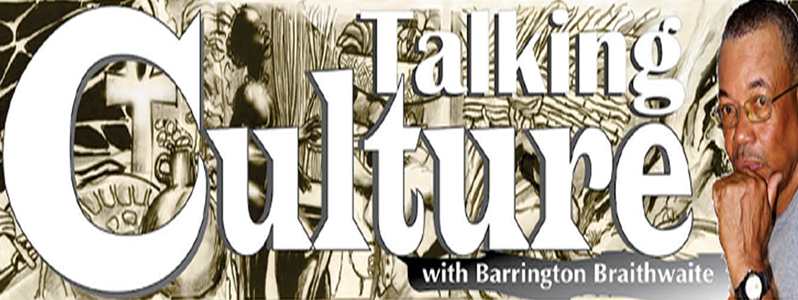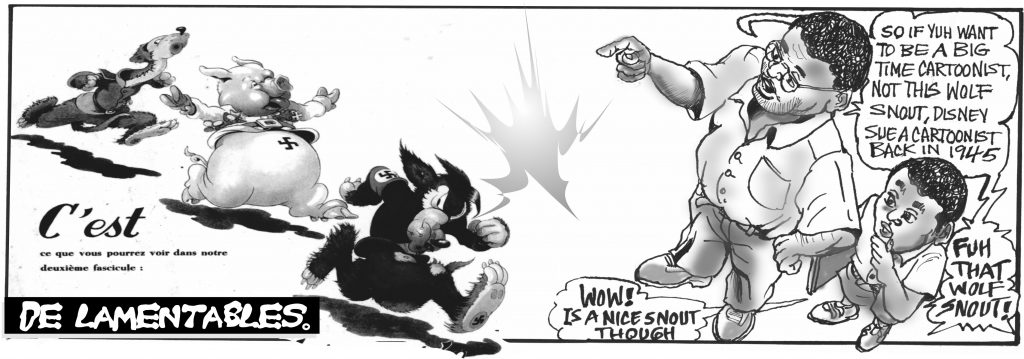MOST of our older businesses in British Guiana go far back, with origins during the colonial era, so their entities did safely acquire their trademarks on products with international recognition. Many of our late ‘70s – ‘80s businesses fell into the socialism period when copyright was misguidedly construed as bourgeoisie and capitalist and the lapses began. Indeed, it was the latter reference to capitalism that is true with the principles of copyright. Nations of the old world traded cloth, swords and items of worth through barter and exchange of valuables, but across the trading continents of Africa, Europe and Asia. They kept secrets of weaving, metalworking and even agricultural methods within guilds and secret societies (equivalent of harsh copyright modes). Maps and knowledge of trade routes were punishable by death if illegitimately dispersed without authority. With the advent of the printing industry, laws of protection were issued in 17th century England, and then continental Europe, the first semblances towards modern copyright law emerged. Protection by law, of ideas, whether diagrams, textual, artwork, literature, musical manuscripts, computer programme design, jewellery design, recipes, Industrial designs of products produced and tried in an intimate atmosphere etc. All new innovative products of the mind and skills are entitled to copyright protection.
Copyright and its detailed laws exist to protect and provide incentives to persons in the Humanities, Sciences and Arts, and to enable such persons to produce outside of constantly having to guard against plagiarism, piracy and especially in the area of the local producer who in the expansion of new work must provide production employment or waste months doing it alone, well aware that no laws over such employees exist, even if caught. That is the predicament of the local producer in every creative industry field.
I have a close friend who’s a jeweller. First he’s robbed by a fashion designer, then he discovers that every jewellery concept he comes up with is pirated, even misrepresenting his name in the vicious cycle as part of his jewellery shop. I had done some work for him. When he decided to exit the skill that he had honed for years and earn in a more mundane and pedestrian field, he gave me back the sketched ideas and I sadly watched him call it a day. The same complaint is repeated in the leathercraft field; this is the only CARICOM nation where a blind eye is turned away from the local innovative industries with respect to the human parasites who plague them.
The fact is that Guyana cannot remain isolated. Old ideological ideas long redundant have to live up to the stark commercial realities facing us. Oil cannot or should not create a comfort zone that implies that competitiveness in every area should lapse. Oil should ensure that human expertise is allowed to expand the latent potential of its talents and skills into new sustainable and established economic organisms. America is the pioneer of the petroleum industry, yet its economic force lies in expanding the innovativeness of its citizens. The world is always in debate about its foreign policy, but its creative industries is a potent ambassador that has found its way into the souls of nations that disagree with its geopolitical nature, and that’s a powerful achievement.
We’re new in the nation business. Small, but blessed with creative citizens. This sector must be allowed to emerge on its own platform, the excuses and past retreat modes cannot stand up to any sensible debate as we progress to the post-COVID-19 world. Guyana remains defined in the minds of its creative people but not to most of its citizens. The process that cultivates a grounded national imagination remains behind the curtain. I recall the experience of a past Education Minister who visited Japan and was enticed by a painting, to which he made pleasing comments to his host who, smiling, replied that on his visit to Guyana he was presented with the painting as a gift by the protocol officer. The minister was honest, as he later confessed on his return that he couldn’t even recognise the name of the artist. The minister was not alone, and throughout the political and corporate anatomy of Guyana, he was in the majority.
The unique nature of copyright as an effective tool can be captured in the following case study: During WWII and before then, graphics played an important role as a propaganda tool, comic books, posters all that was viable then and so did copyright law. Frenchman Edmond Calvo was the artist of the cartoon series, ‘The Beast is dead,’ the Nazis were captured as wolves. It was published in two volumes in 1944-45, but not because it was an animal-based cartoon publication meant that it was cuddly. It was as violent as the times it portrayed, and it became very popular until Disney sued him for the design of the wolf’s snouts, which he had to change. -see ‘Comic Art Propaganda. A Graphic History’ by Fredrik Stromberg. This book is necessary for anyone interested in the genre; it also requires that a good knowledge of world issues be an asset, as it highlights stereotyping, religion, sexuality, illustrated advertising and various political and social references captured in comic book and cartoon art over the 100 years.
What copyright brings into focus in the area of books, is the demand for local content in schools, edutainment and aesthetic literature for the local market and the export shelves. Either we act, or imports will define us anyway, for the imagination is a powerful force and it needs to be fed.




.png)










